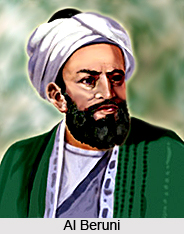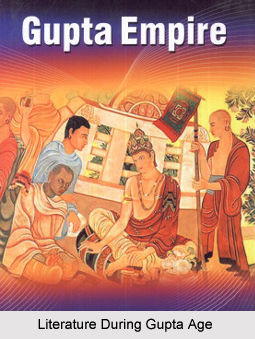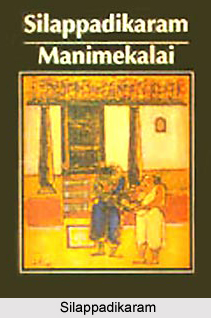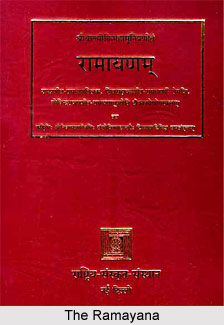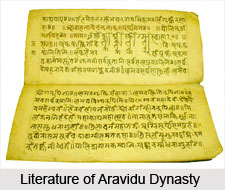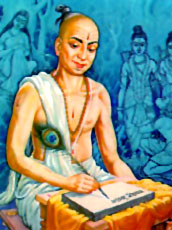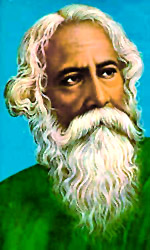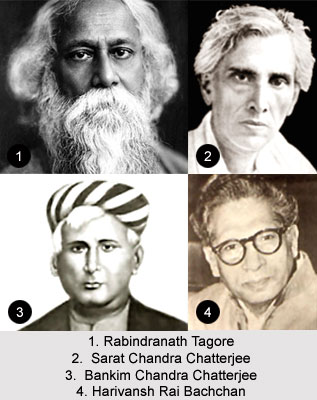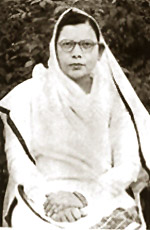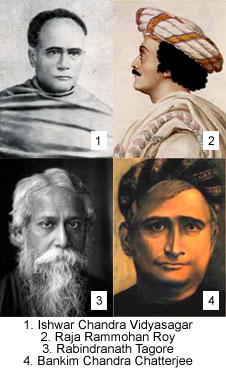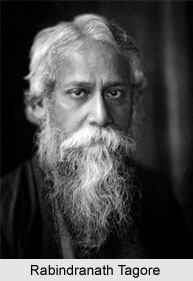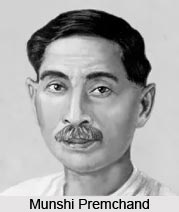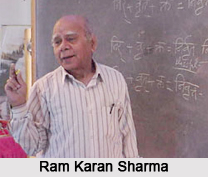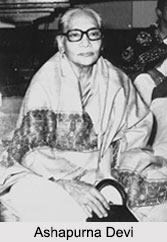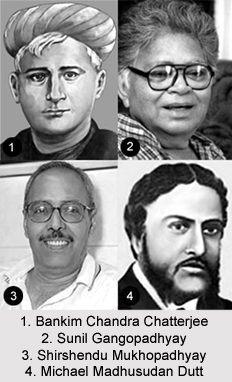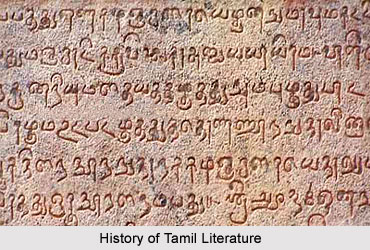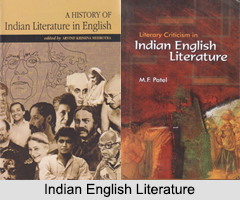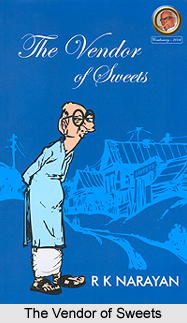 `The vendor of sweets` is the story of a merchant, Jagan, who at the age of 60 still feels young at heart and makes good profit out of his sweet shop. Jagan is depicted as the vendor of sweets in this story. Some waves come to his life when his son, Mali, returns from America with his Korean wife. Jagan tries to cope up with the situation even with his conventional thoughts but finally fails to do so because of his son`s nature. The story thus well justified the title as it`s lucid language and description of the life of Jagan clearly entails the story.
`The vendor of sweets` is the story of a merchant, Jagan, who at the age of 60 still feels young at heart and makes good profit out of his sweet shop. Jagan is depicted as the vendor of sweets in this story. Some waves come to his life when his son, Mali, returns from America with his Korean wife. Jagan tries to cope up with the situation even with his conventional thoughts but finally fails to do so because of his son`s nature. The story thus well justified the title as it`s lucid language and description of the life of Jagan clearly entails the story.
R. K. Narayan is renowned to the present world as a successful short storyteller. But this success is not the result of one single day. He was not immediately successful in his writing career. He struggled for even a small amount of money in his life. He used to write stories and essays for various newspapers. But as soon as the famous British writer Graham Greene got manuscript of R. K. Narayan`s first creation `Swami and friends` the scenario changed. The book got published with the financial help of Graham Greene and from then onwards, the writer never looked back. `Swami and friends` is his first book based on a mythical town Malgudi. It was a make believe village which he created out of his imagination. In all of his novels he depicted the lives of common man is a very wonderful way. In all his stories he tries to mesmerize the readers with his lucid language and transparent description. People used to see the stories like celluloid after reading his books. He is still alive in his reader`s heart though he left the mortal coil on 2001.
Synopsis:
R. K. Narayan`s books are always famous for wonderful details and intricate view of the South Indian world. `The Vendor Of Sweets` is not an exception. It also fits into this mould in a beautiful manner. In this novel the central character is Jagan. The story revolves around him, his ideologies, him sweet shop, his son Mali, his cousin Narasimha, etc. He is the vendor of sweets here. His trials and tribulations of his life are wonderfully captured in this story. There is clear description of his thoughts, his confusion about the next generation. And his confusion as well as conventional thought gets a huge jerks when his son Mali goes to America and return with his foreigner wife. Jagan starts feeling irritated all the time because of his son`s activity. But subsequently Jagan develops affection for his foreigner daughter-in-law. He notices that Mali, his son, is not paying full attention to his wife. Jagan gets scared as he did the same mistake with Mali`s mother because of his involvement in freedom struggle movement. Jagan tries to talk to Mali but he denies. Mali needs some money for his business but Jagan refused to lend him. As a result some friction takes place and Jagan starts living isolated in his own family. The story turns to an ending point when Jagan develops some urge to leave the worldly affairs and do some religious work. At that very moment he is informed that Mali is in police custody and also has left his wife. Jagan gets shuttered. He refuses to help his son but instructs Narsimha to help Mali`s wife to return to her homeland.
Being published by Viking Press, Penguin Classics, Indian thought Publication, penguin Books Ltd., Avon Books, and Heinemann `the vendor of sweets` reflects the ideas and ideals of the difference in two generations which really enthralled the readers and makes them to think of this bigger problem.
`The Vendor of Sweets` story revolves around the issues arises from this gap and finally the senior generation deserts his profession and his family concerns for a life of tranquility and meditation.

